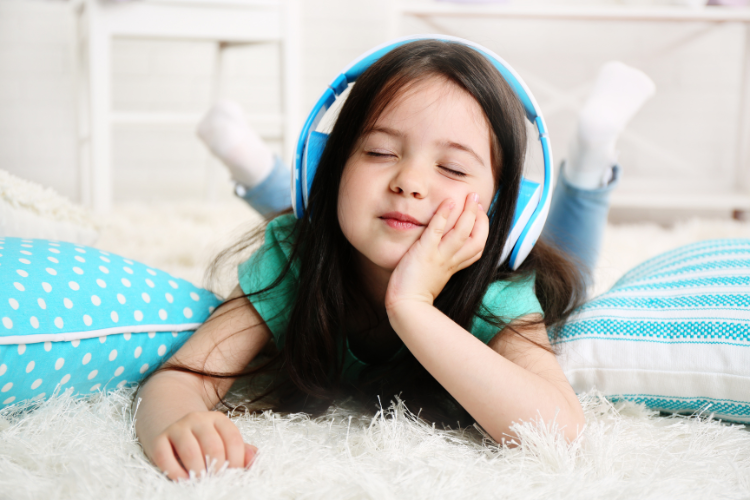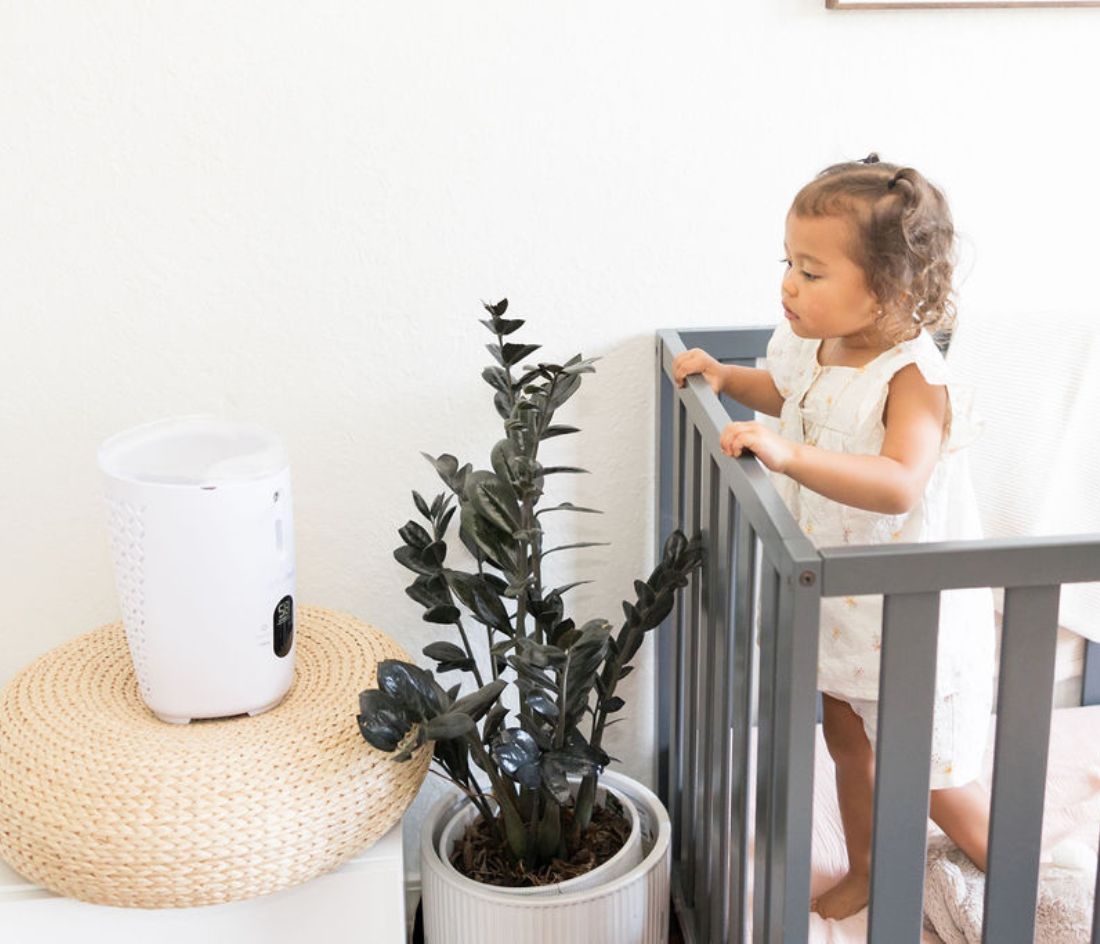Guest post by Kristine Kenny, MSN, RN, CPN, CAS
Since sensory issues are part of the diagnosis of ASD, it is imperative that this part of their disability is attended too. Children with ASD require a wide range of care throughout their life span, their sensory needs are a part of them that need addressed to in order to help them through life. If the sensory needs are not attended to, the child may act out unfavorably in a way to try and regulate themselves.

Sensory Needs for a Child with ASD
Sensory issues associated with ASD clients can make life experiences overwhelming. However with increase awareness and knowledge around this issue, parents can help ease and work with the sensory needs of their child.
Things to know about sensory issues
Awareness
The sensory needs will change as your child grows and changes. Realizing that your child has these needs is a good place to start. Your awareness will help you decide what is best for your child in this area. A person who has a hard time regulating their sensory system can become overloaded with all of the sensory experiences that the world we live in offers. Being aware and looking around at the environment that your child lives in and grows in, such as school or day care is a way to begin your awareness. As you become more aware of your child’s needs within those settings, other areas where they spend time can be addressed as well.
Sensory Behavior Related Issues
The National Autistic Society states that sometimes a person with ASD may behave in a way that you would not immediately link to a sensory issue. Processing everyday sensory information can be difficult for autistic people. This can cause stress, anxiety and possible physical pain. Due to these factors, they may easily become overloaded, leading to withdrawal, meltdowns and other maladaptive behaviors.
A person with ASD senses may be over-(hypersensitive) or under- (hyposensitivity) sensitive, or both, at different times. These sensory differences can affect how they feel and act, and can have a profound effect on a person’s life.
Senses that are affected
- Hearing
- Seeing
- Tasting
- Smelling
- Touching
- Balance
Hypersensitivity
Hypersensitity is when a sound, sight, taste and smell become very overwhelming. This can cause the person to become over stimulated due to their inability to regulate whatever is overwhelming them. According to Autism Speaks, this can result in sensory avoidance – trying to get away from stimuli that most people can tune out.
Examples of Common Hypersensitivities:
- Loud noises and crowded rooms, chaotic environments.
- Strong smells and perfumes
- Bright lights or fluorescent lights
- Certain clothing and textures, tags in the back of the shirts
- Certain textures and tastes of foods
As a result of these various hypersensitive, the child might behave in ways to try and regulate themselves the following ways:
- Covering their ears to avoid loud or unpredictable sounds
- Getting nauseated from the strong smells
- Covering their eyes or closing their eyes
- Pulling away from physical touch
- Refusing to eat certain foods or restricting themselves to the same food. Refusing to wear certain clothing or taking off uncomfortable clothes.

Hyposensitivity
Hyposensitivity is when a person is looking for sensory input and needs for their senses to become activated. Autism Speaks states that people who are hyposensitive may engage in sensory seeking behaviors to get more input from their environment to awaken their senses.
Examples of Common Hyposensitivities:
- Increased movement
- Being attracted to bright lights and loud noises
- The need for deep pressure on their body
- Frequently chewing on non-food items.
- difficulty recognizing sensations like hunger, illness or pain
As a result of these various hyposensitizes, the child might behave in ways to try and regulate themselves the following ways:
- Spinning themselves or going towards activities that spin and move fast
- Watching something move repetitively like trees swaying in the wind or staring at a certain bright color or object
- Touching people or objects
- Chewing on non-edible items or eating things that are crunchy. Not liking soft foods.
- Increased stimming behaviors
Specialist and Resources to Help
An occupational therapist will help you identify the sensory needs of your child and give you ways to help regulate your child’s senses using a variety of products and therapeutic modalities. They are specialist in this area and a great place to start. In addition, they can help you find other specialists if needed to address specific or unique sensory issues of your child.
A feeding therapist can help with texture and taste related issues.
A speech and language therapist can help with sensory related activities to improve speech, swallowing and the muscle movements needed for communication.
A music therapist can help use instruments and sounds to develop the auditory system (hearing) and provides a fun outlet for children as well.
Special accommodations can and should be made for your child in a school or work setting. This means the environment should be modified based on your child’s sensory needs to help them learn, socialize and participate to the best of their ability. Autism Speaks has a school and community toolkit for supporting sensory. Be sure to check it out.

Looking for more information, you’ll enjoy these:
- How to Prepare Your Autistic Child for a Trip to the Doctors
- 5 Early Signs of Autism
- What to do When Your Child Receives An Autism Diagnosis
- How to Advocate for Your Child with Autism Spectrum Disorder (ASD) in a Medical Setting
Key Takeaways
Each person with ASD is unique and has their own sensory makeup. Awareness and knowledge in this area is key to helping your child. Knowing that there is help from professionals can help make this journey easier. Also knowing that there is equipment and environmental changes that will aide your child with their sensory issues is a huge relief too. These adaptations will make a difference for your loved one with ASD and help them to regulate themselves throughout their life.
Kris is a mom of 3, one of whom has autism. She is a pediatric nurse, assistant nursing professor and author. When she has free time, she enjoys exercising, baking and binge watching TV series. Learn more about her at Autism Healthcare Books!
The Nozebot is a battery-powered suction device designed to clear nasal congestion in babies and children.



